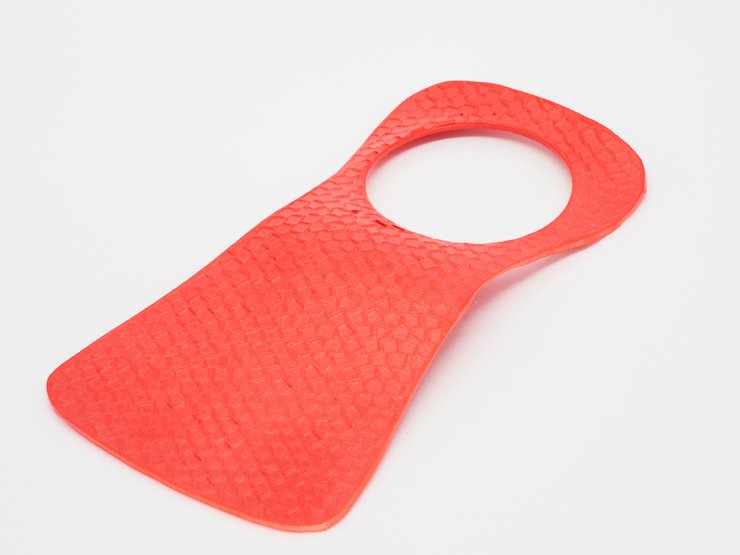



 CN/EN
CN/EN




 CN/EN
CN/EN

Protolabs has introduced new surface texturing options for 3D printed prototype and production parts.
The new surface textures on offer include leather and geometric patterns, with Protolabs suggesting its users now have increased choice and control when applying additive manufacturing.
Protolabs is confident that its users will be able to get more out of additive manufacturing in the automotive, aerospace, medical and fashion industries, with the leather texturing options representing ‘sustainable and more animal-friendly alternative to conventional leather.’
Structured surfaces are translated by Protolabs’ experts into black-and-white contrast images of the desired surface structure, which specifies the dimensions for the production process. This process is said to be highly adaptable and suitable, not only for manufacturing techniques such as SLS (selective laser sintering) and MJF (multi-jet fusion), but also for a wide range of other additive manufacturing processes.
Using the new surface texturing options, Protolabs will be able to provide prototypes that are ‘true reality and match the properties of the final part.’
“There are virtually no limits to the imagination of our customers here,” commented Christoph Erhardt Manager Customer Projects & Additive Design at Protolabs. “By creating structured surfaces, we’re building another bridge between injection moulding and 3D printing. A key advantage of our new offering is that no further post-processing steps are required to achieve the desired surface feel and appearance. Surface structures are created during the design process that correspond to the final (series) part and can include even fine details. This provides our customers with the unique opportunity to structure new kinds of surfaces as well as to replicate structures that already exist in nature.”